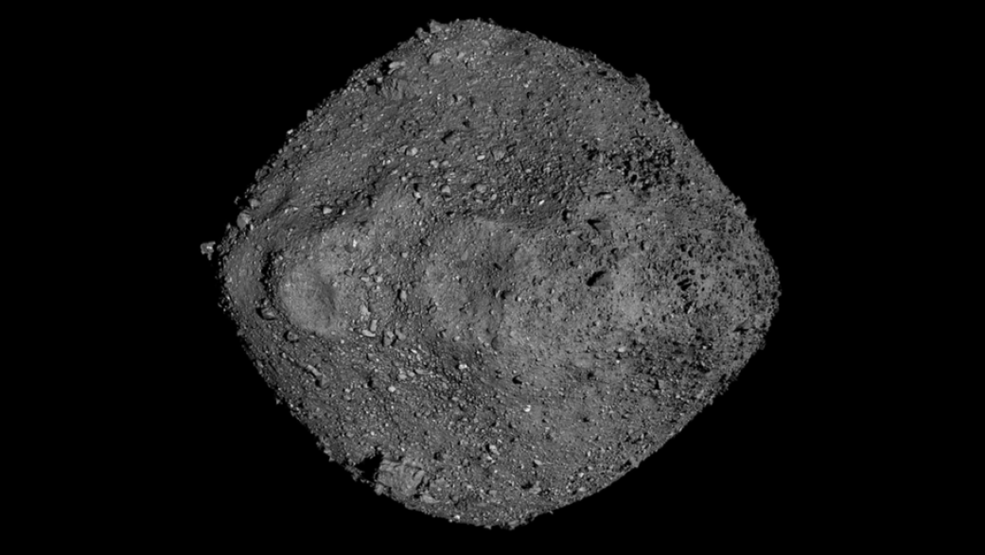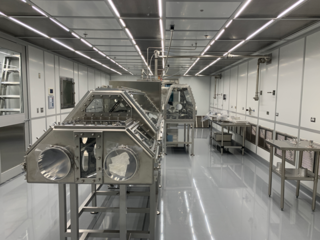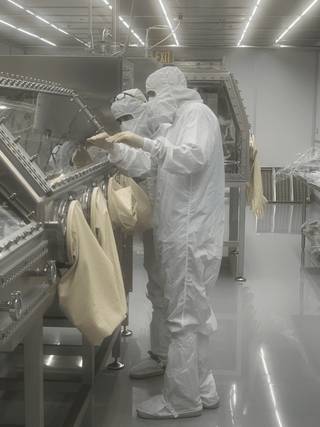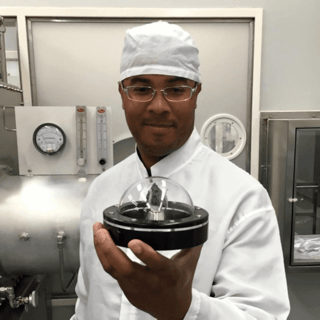If everything goes according to plan, OSIRIS-REx’s sample return capsule will separate from the spacecraft, enter the Earth’s atmosphere and parachute safely to Earth for recovery at the Department of Defense’s Utah Test and Training Range, located about 70 miles west of Salt Lake City.
“The OSIRIS-REx curation team is excitedly preparing for the Bennu samples,” said Nicole Lunning, OSIRIS-REx lead sample curator at Johnson.
The rocks and dust, called regolith, were collected from Bennu’s surface in 2020. Bennu is likely to be a well preserved, 4.5 billion year old remanent of the early solar system, so the samples should provide insight into the role that similar asteroids played in the formation of planets and the delivery of organic material and water to Earth that may have ultimately led to life. Data collected from the OSIRIS-REx mission will also help scientists better understand asteroids that could impact Earth and inform future asteroid deflection efforts.
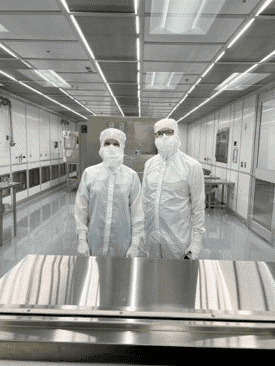
To investigate these questions, scientists must carefully preserve, protect, and handle the asteroid samples, which will be examined and stored in a new curation facility managed by NASA’s Astromaterials Research and Exploration Science division, or ARES, at Johnson. The division is home to the world’s most extensive collection of extraterrestrial materials – including lunar rocks, solar wind particles, meteorites, and comet samples.
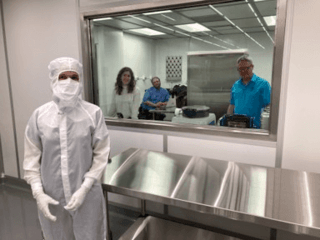
For two years, from late 2023 to late 2025, the science team will characterize the samples and conduct the analysis needed to meet the mission’s science goals. NASA will preserve at least 70 percent of the sample at Johnson for further research by scientists worldwide, including future generations of scientists. A cohort of more than 200 scientists around the world will explore the regolith’s properties, including researchers from many US institutions, NASA partners JAXA (Japan Aerospace Exploration Agency), CSA (Canadian Space Agency), and other scientists from around the world.
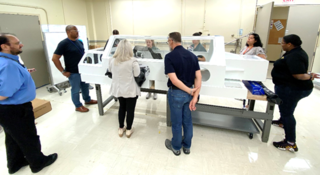
The new curation laboratory has specialized gloveboxes for handling both the OSIRIS-REx sample and the hardware used to grab the material from the asteroid’s surface and deliver it to Earth.
“Our team is engaged in a whirlwind of activity as we get ready for the sample,” Lunning said. “A variety of specialists are coming together to develop custom tools, many of which have been fabricated onsite by Johnson’s Manufacturing group and in the Innovation Design Center. We are carefully outfitting the curation lab to protect the sample from potential contaminants as we rehearse complex procedures for flight hardware disassembly in gloveboxes.”
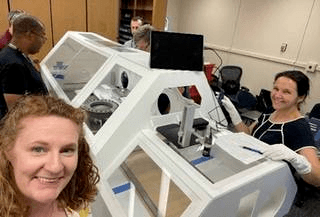
Some of the material collected from Bennu’s surface will be smaller than a grain of sand. “We have been developing custom tools to carefully handle these precious particles within our new gloveboxes,” said Christopher Snead, small-particle handling lead and OSIRIS-REx deputy curator at Johnson.
With help from the ARES curation laboratories, scientists around the globe are still analyzing new caches of Moon rocks preserved since the Apollo missions in the Apollo Next Generation Sample Analysis initiative. Lessons learned from Apollo and other missions have advanced the science behind sample protection, contingency planning, and contamination control. This legacy will continue with the Bennu samples, which will be preserved for study by scientists not yet born, using technologies not yet invented, to answer fundamental questions about the solar system.
Scientists of this generation will determine the properties of Bennu’s precursor chemical compounds to map out if – and how – these chemicals could have evolved into life. The mineral and chemical makeup of the samples will be analyzed to see if it compares with the interpretation of data collected at the asteroid, helping to improve future missions and the evaluation of telescopic and spacecraft data.
NASA’s Goddard Space Flight Center provides overall mission management, systems engineering, and the safety and mission assurance for OSIRIS-REx. Dante Lauretta of the University of Arizona, Tucson, is the principal investigator. The university leads the science team and the mission’s science observation planning and data processing. Lockheed Martin Space in Littleton, Colorado, built the spacecraft and provides flight operations. Goddard and KinetX Aerospace are responsible for navigating the OSIRIS-REx spacecraft. Curation for OSIRIS-REx, including processing the sample when it arrives on Earth, will take place at NASA’s Johnson Space Center in Houston.
International partnerships on this mission include CSA (contributed the OSIRIS-REx Laser Altimeter instrument) and JAXA (Hayabusa2 sample science collaboration). OSIRIS-REx is the third mission in NASA’s New Frontiers Program, managed by NASA’s Marshall Space Flight Center in Huntsville, Alabama, for the agency’s Science Mission Directorate in Washington, D.C.




























